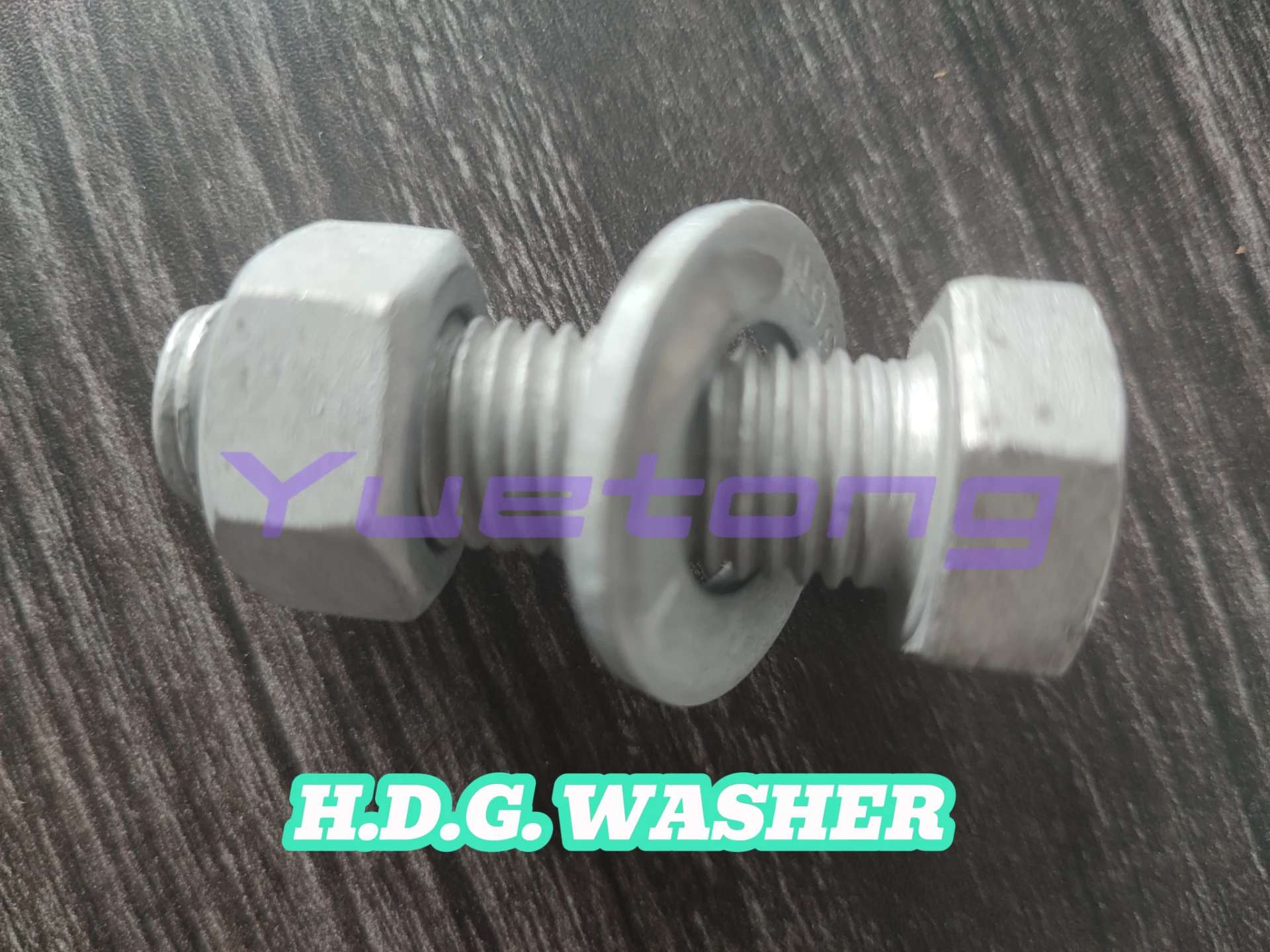Dec . 06, 2024 10:49 Back to list
Determining the Socket Size for M14 Bolt Specifications and Applications
Understanding M14 Bolt Socket Size A Comprehensive Guide
When it comes to automotive repair, fastening components, or working on machinery, understanding bolt sizes and the appropriate socket sizes is crucial for both efficiency and safety. One commonly referenced bolt size is the M14 bolt, which is frequently used in various applications due to its strength and reliability. This article aims to explain the M14 bolt socket size, its significance, and how to use it effectively in your projects.
What is an M14 Bolt?
A bolt's designation can often be understood through the metric system, with M indicating a metric bolt. For the M14 bolt, the 14 refers to the nominal diameter of the bolt, which is 14 millimeters. M14 bolts typically have a thread pitch of 2.0 mm, meaning that the distance between each thread is 2.0 mm. These bolts are commonly used in automotive applications, structural engineering, machinery, and various types of assemblies that require strong and durable fastening.
Socket Size for M14 Bolts
To effectively tighten or loosen an M14 bolt, a compatible socket size is essential. For M14 bolts, a 21mm socket is typically used. This measurement corresponds to the width across the flats of the nut that fits on the bolt’s threaded shank. In inches, this translates to approximately 0.83 inches – information that can be handy for those more accustomed to the imperial measurement system.
Using the correct socket size is crucial. An improperly sized socket can result in stripping the bolt or nut, rounding off corners, or causing uneven torque, which can lead to component failure. Hence, ensuring you have a 21mm socket when working with M14 bolts is a fundamental part of maintaining tools and hardware integrity.
Types of Sockets
When addressing M14 bolts, it’s important to consider the type of socket you need. Sockets come in various forms, such as deep sockets, standard sockets, and impact sockets. Each serves a different purpose
1. Standard Socket This is the most common type, ideal for general use where space isn’t restricted. 2. Deep Socket These are longer, allowing for use on longer bolts or those situated in deeper recesses, making them perfect for situations where clearance is limited.
m14 bolt socket size

3. Impact Socket Designed to withstand the high torque of impact wrenches, these sockets are typically made from tougher materials and are ideal for automotive work where fasteners may be tightly secured.
Tips for Using M14 Bolt Sockets
1. Check Compatibility Always verify that the socket is correctly sized before use. Using a socket that is too large can lead to stripping, while one that is too small may not fit at all.
2. Clean the Fastener Before using a socket, ensure that the bolt and nut are free from dirt, rust, and other debris to avoid any complications during tightening or loosening.
3. Use Proper Torque Settings When tightening M14 bolts, it’s important to use the correct torque specifications outlined by the manufacturer. This prevents over-tightening, which can cause damage.
4. Inspect Tools Regularly Regularly check your sockets for wear and tear. Damaged tools can compromise safety and efficiency.
5. Apply Lubrication In cases where bolts may corrode or lock over time, using a lubricant can ease the process of removing bolts and can protect against rust.
Conclusion
Understanding the specifics behind M14 bolts and their required socket sizes is essential for anyone involved in mechanical work or repairs. The 21mm socket is a vital tool for safely and effectively handling M14 bolts, whether you are tightening connections in automotive applications or assembling machinery. By choosing the right type of socket and following best practices, you ensure that your projects proceed smoothly and safely. Whether you are a seasoned mechanic or a DIY enthusiast, mastering these fundamentals will undoubtedly enhance your tool-handling skills and efficiency in your work.


